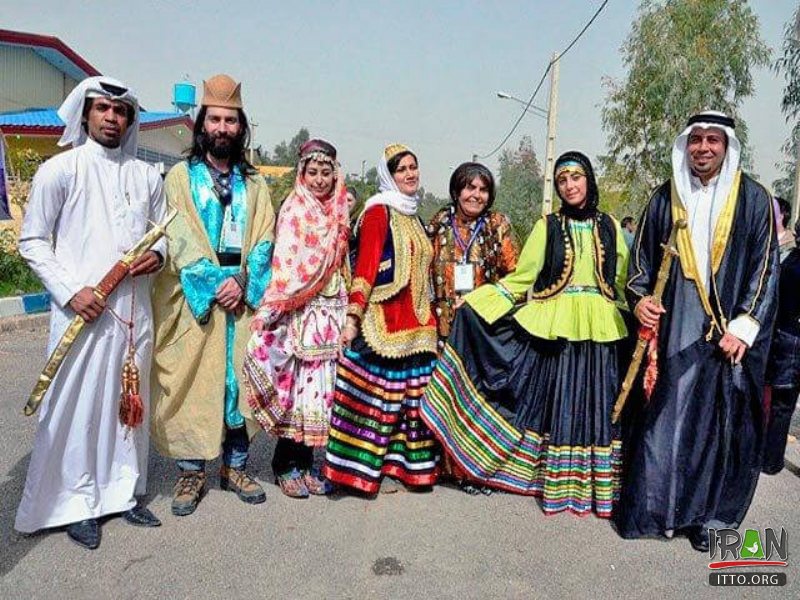There are an estimated 150 to 200 million native speakers of Iranian languages. The most important ethnic groups (living in various parts of Iran) are the Turks, Lurs, Kurds, Tajiks, Baloch (or Balouchi), Turkmans and Pashtuns accounting for about 90% of this number. Currently, most of these Iranian peoples live in Iran, Afghanistan, the Caucasus (mainly Ossetia, other parts of Georgia, Dagestan, and Azerbaijan), Iraqi Kurdistan and Kurdish majority populated areas of Turkey, Iran and Syria, Tajikistan, Pakistan and Uzbekistan. Due to recent migrations, there are also large communities of speakers of Iranian languages in Europe and America.
Iran's Ethnic Groups:
Being positioned at a geographical crossroads on the ancient Silk Road between East and West, Iran has always been a cultural melting pot too. It may surprise you to know that Iran has the largest population of Jews in the Middle East outside Israel and that up to 50% of its population of over 68 million people are Turks.
Iran's most important ethnic and cultural groups:
- Armenians
- Arabs
- Azeri Turks
- Baktiaris
- Baluchis
- Jews
- Lors
- Kurds
- Qashqai
- Turkomans
Modern Iran:
Yet modern Iran is far from fragmenting along ethnic lines. Somehow, in spite of political upheaval and a number of separatist uprisings in recent history, Iranians maintain a powerful sense of nationhood. Perhaps it's the same sense of cultural identity that has enabled the idea of "Iran" to not only survive successive invasions by Turks, Mongols and Arabs but also to assimilate the invaders into the native culture. Iran's tribes are diverse, colourful and fiercely proud but above all, Iranian. Traditional dress, music, food and crafts are some of the appealing aspects of Iran's ethnic mix that visitors can appreciate.
A majority of the population of Iran (approximately 67–80%) consists of Iranic peoples. The largest groups in this category include Persians (who form the majority of the Iranian population), Azeries, Kurds, with smaller communities including Gilakis, Mazandaranis, Lurs, Tats, Talysh, and Baloch. Turkic groups constitute a substantial minority of about 15–24%, the largest group being the Azerbaijani, who are the second largest ethnicity in Iran as well as the largest minority group. Other Turkic groups include the Turkmen and Qashqai peoples. Arabs account for about 3% of the Iranian population.
The remainder, amounting to about 1% of Iranian population, consists of a variety of minor groups, mainly comprising Assyrians, Armenians, Georgians and Circassians. At the beginning of the 20th century, Iran had a total population of just below 10 million, with an approximate ethnic composition of: 6 million Persians (60%), 2.5 million Azeris (25%), 0.2 million Mazandaranis, Gilakis and Arabs each (2% each)
The official language of Iran is Persian (Farsi). Persian is a West Iranian language of the Indo-European family of languages and is spoken in those parts of Iran where the Fars people, Persians, dwell, as well as in the Republic of Tajikistan. Tehran, Isfahan, Fars, Khorasan, Kerman and Yazd are some of the provinces inhabited by the Persians. There are a number of other national and ethnic groups living in various parts of Iran.
The historical background and anthropological origin of these groups have been subject of numerous research works, but researchers are not unanimous concerning many of the questions posed. The most important of these groups with specific history, culture, customs, and language are the Turks, the Kurds, the Baluchis, the Arabs, the Turkmans and the Lurs. There are also a number of ethnic minorities, but they have not been given much anthropological attention for a number of reasons, their small population and their extensive mixing with other Iranians being only two.


